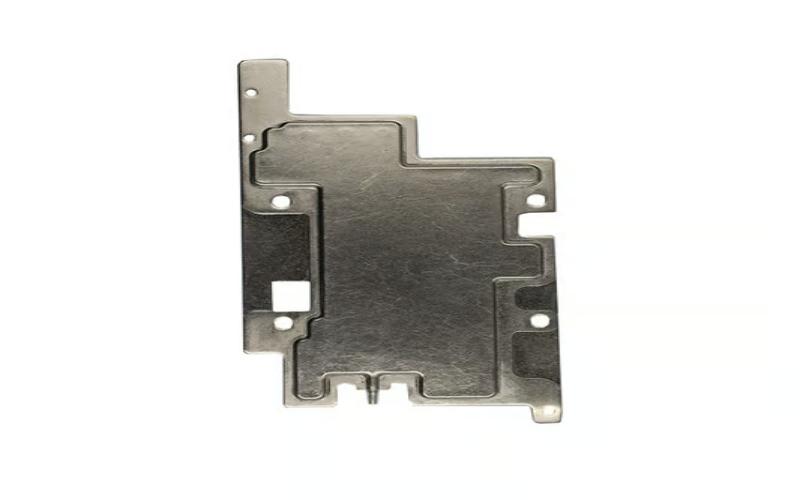The Basics of Vapor Chambers
Vapor chambers are advanced cooling solutions that are commonly used in electronic devices such as laptops, smartphones, and servers. These chambers play a crucial role in dissipating heat and maintaining optimal operating temperatures for various components. By understanding the different types of vapor chambers, you can make informed decisions when it comes to choosing the right cooling solution for your specific needs.
1. Flat Vapor Chambers
Flat vapor chambers are the most common type and are widely used in electronic devices. They consist of a flat, sealed copper or aluminum container with a small amount of working fluid, typically water or ethanol. The flat design allows for easy integration into the existing electronic components, making them a popular choice in various applications.
2. Tubular Vapor Chambers
Tubular vapor chambers, as the name suggests, have a tubular shape and are commonly used in high-power applications. The tubular design allows for efficient heat transfer over a larger surface area, making them suitable for devices that generate significant heat, such as gaming consoles and high-performance servers.
3. Vapor Chamber Heat Pipes
Vapor chamber heat pipes are a hybrid cooling solution that combines the benefits of both heat pipes and vapor chambers. They consist of multiple heat pipes embedded in a vapor chamber, which enhances the heat transfer capabilities. This type of vapor chamber is often used in applications where space is limited and efficient heat dissipation is critical.
4. Sintered Powder Wicks Vapor Chambers
Sintered powder wicks vapor chambers utilize a porous wick structure made of sintered metal powders. This wick structure helps distribute the working fluid evenly across the vapor chamber, improving heat transfer efficiency. These vapor chambers are commonly used in high-heat flux applications, such as LED lighting and power electronics.
5. Grooved Vapor Chambers
Grooved vapor chambers feature a grooved structure on the internal walls of the chamber. These grooves enhance capillary action, allowing for better fluid distribution and heat transfer. Grooved vapor chambers are often used in thin and compact electronic devices, where space is limited and efficient cooling is essential.
6. Dual-Sided Vapor Chambers
Dual-sided vapor chambers are designed to cool both sides of a component simultaneously. They consist of two flat vapor chambers connected together, allowing for efficient heat dissipation from both sides. This type of vapor chamber is commonly used in applications where a high level of cooling is required, such as high-performance graphics cards.
7. Evaporator-Side Vapor Chambers
Evaporator-side vapor chambers are specifically designed to cool down the evaporator side of heat pipes. They are commonly used in heat pipe-based cooling systems to enhance heat transfer and improve overall cooling efficiency. These vapor chambers are often used in applications where heat pipes are the primary cooling solution.
8. Advanced Vapor Chambers
Advanced vapor chambers are the latest innovations in vapor chamber technology. They often incorporate additional features such as microchannels, nanofluids, and advanced wick structures to further enhance heat transfer capabilities. These vapor chambers are commonly used in high-performance computing systems and advanced electronic devices.
9. Customizable Vapor Chambers
Customizable vapor chambers are designed to meet specific cooling requirements. They can be tailored to fit unique form factors, heat dissipation needs, and integration constraints. Customizable vapor chambers are often used in specialized applications where off-the-shelf solutions may not be suitable.
10. Future Developments in Vapor Chambers
The field of vapor chambers is constantly evolving, with ongoing research and development efforts focusing on improving heat transfer efficiency, reducing manufacturing costs, and exploring new applications. Future developments may include flexible vapor chambers, 3D-printed vapor chambers, and even more advanced cooling solutions.

